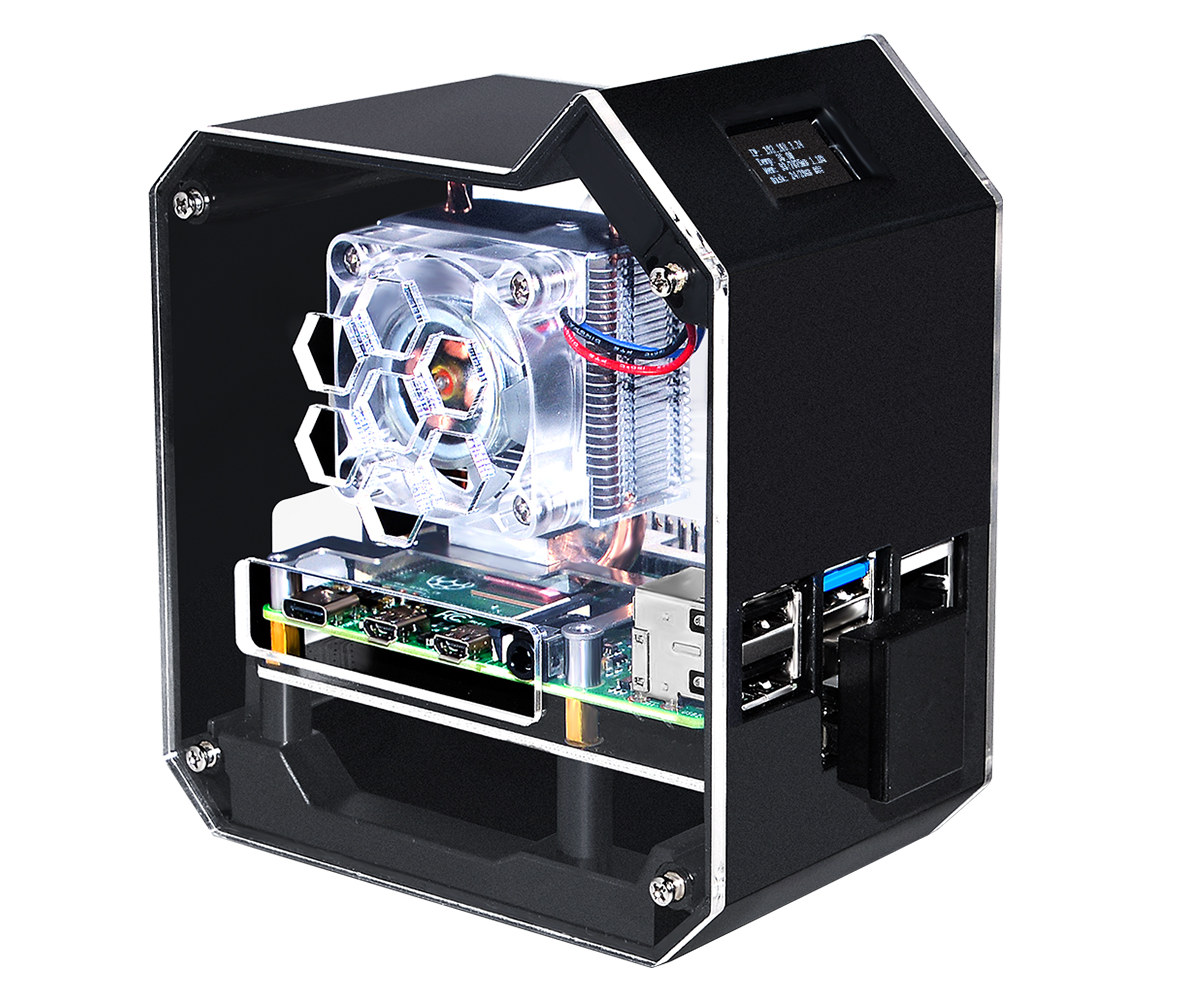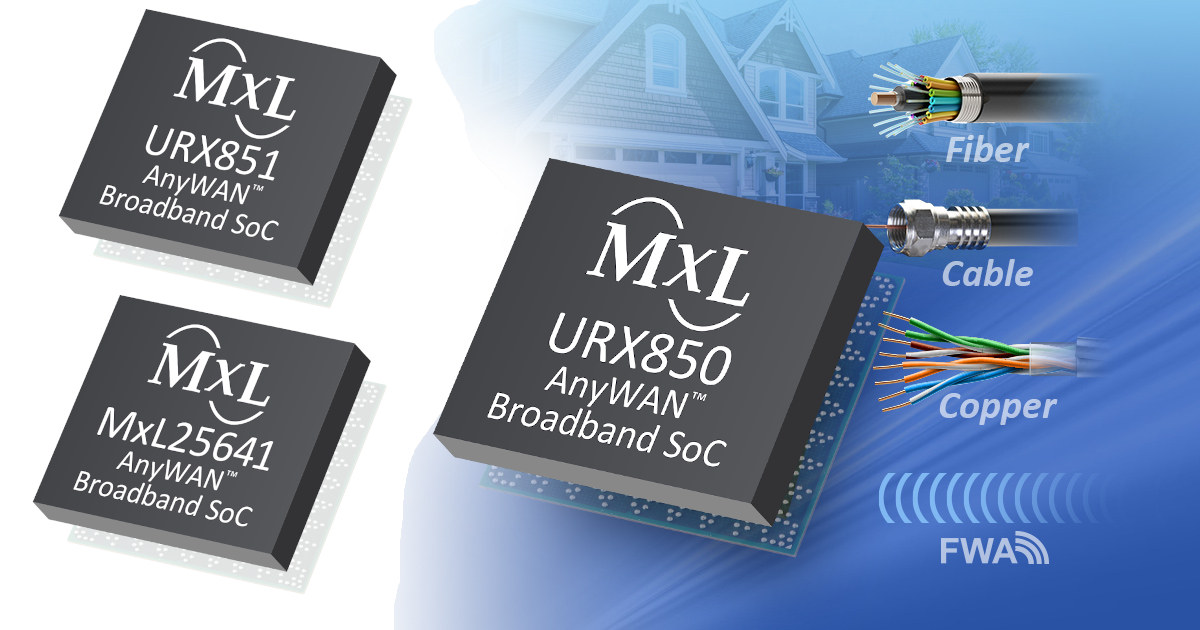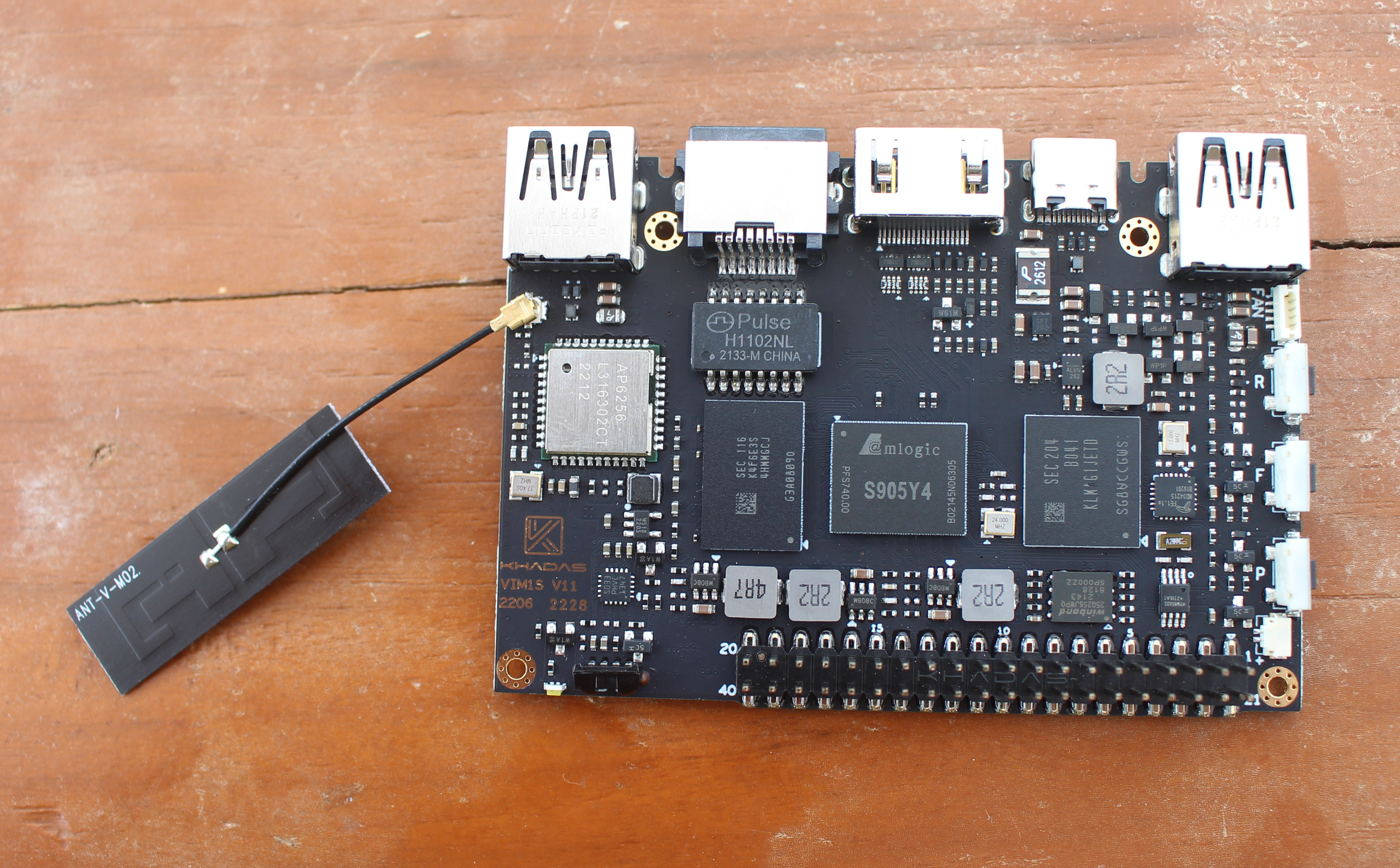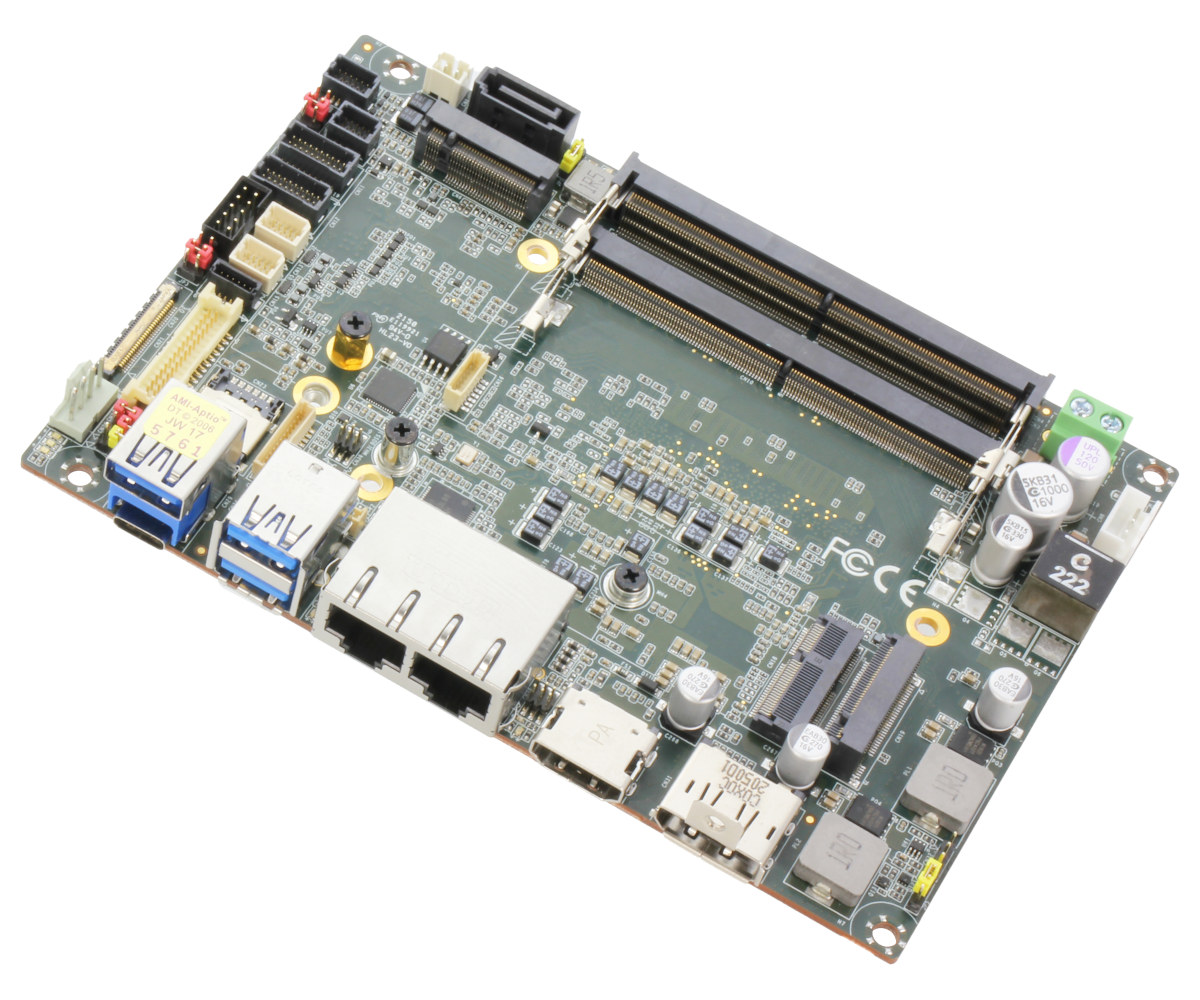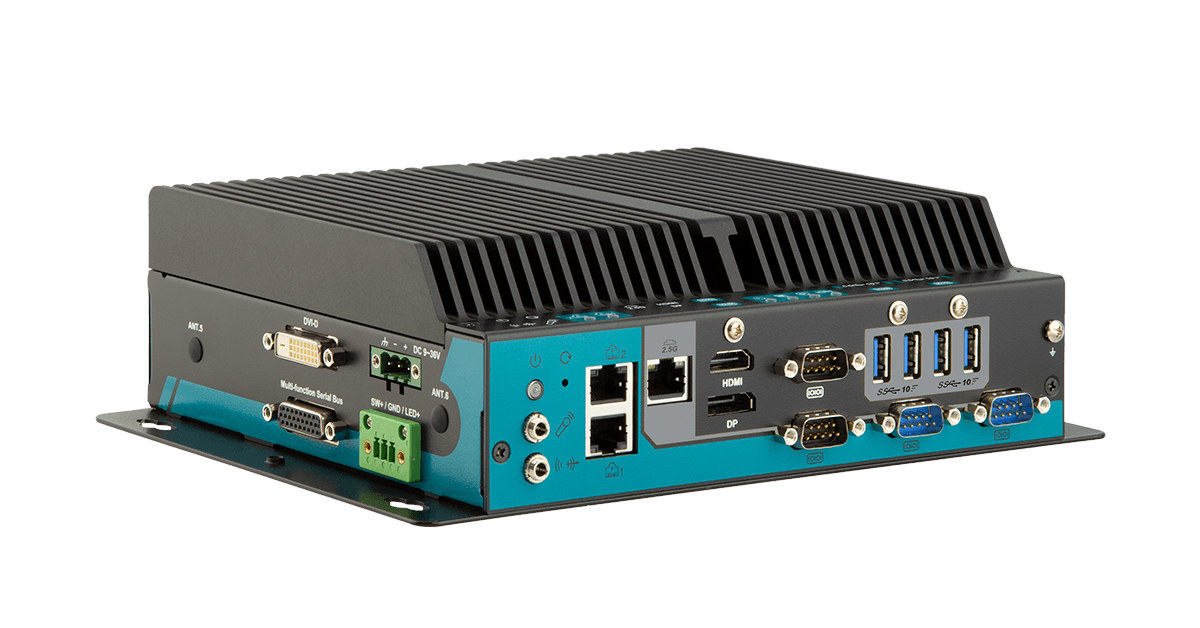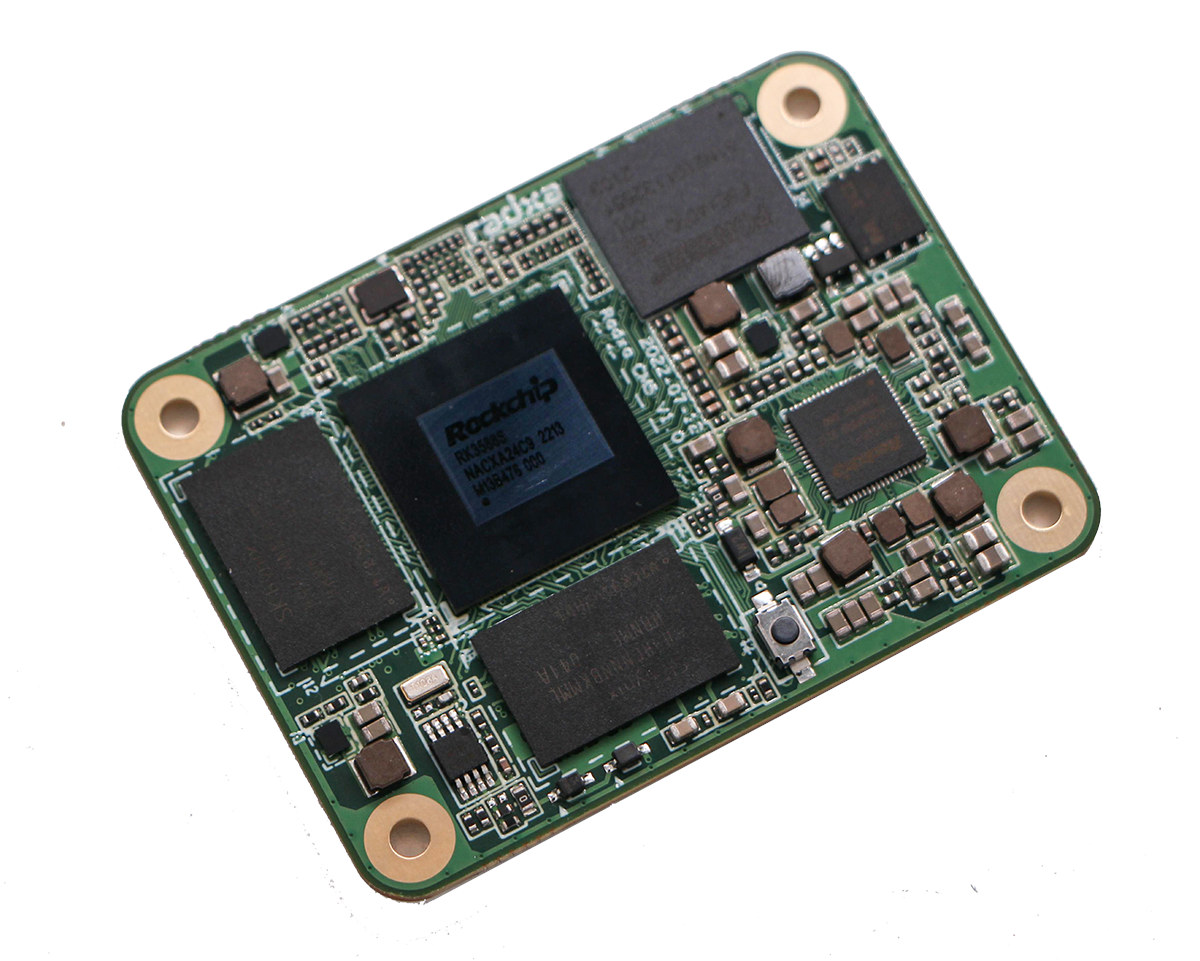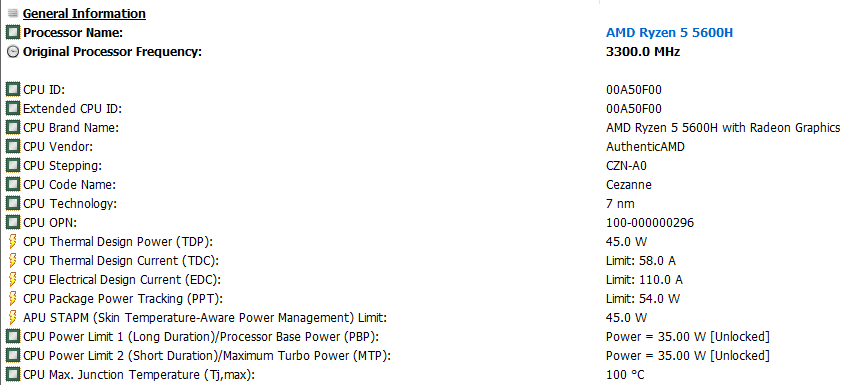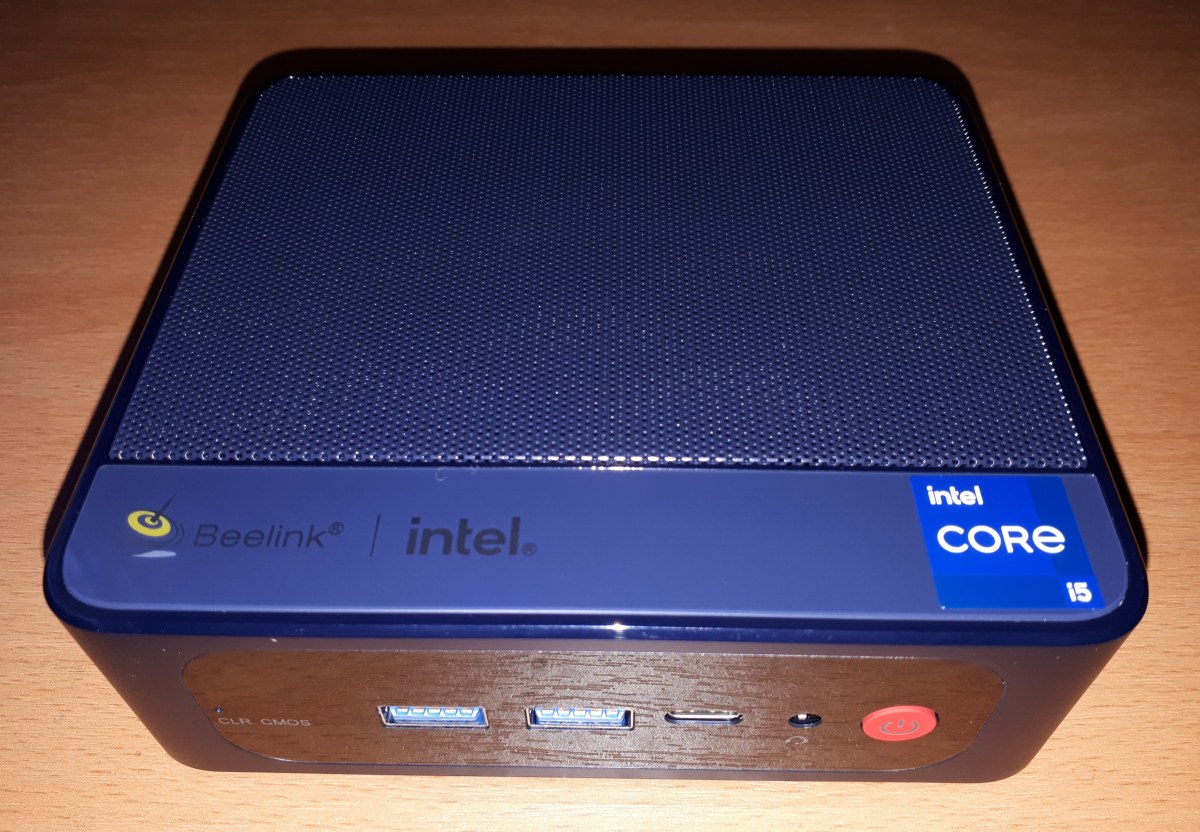Last year, Michael Klements made a nice-looking DIY Raspberry Pi 4 mini server with an OLED information display and a 52Pi UPS Plus module with 18650 batteries. It also included the company’s Ice Tower module for cooling, but if you wanted one you had to make your own with a 3D printer and a laser cutter. 52Pi appears to have noticed and liked the design, as they created something similar with the Raspberry Pi Mini Tower NAS kit taking one M.2 SATA SSD instead of using the UPS module. There are also a few tweaks to the mechanical design with the OLED display at an angle for easier reading. 52Pi Raspberry Pi Mini Tower NAS kit features and content: Designed for Raspberry Pi 4 SBC (not included) 3D printed case plus acrylic covers for each side 52Pi Ice Tower for cooling 2x 0.96-inch 128×64 I2C OLED displays (but only one […]
MaxLinear AnyWAN URX850, URX851, and MxL25641 Intel Atom SoCs target broadband routers and gateways
MaxLinear has just announced the availability of the first three AnyWAN broadband SoCs featuring Intel Atom cores with the MxL25641, URX850, and URX851 processors designed for 5Gbps and 10 Gbps broadband routers and gateways, usually referred to as CPEs (customer premise equipment). When I first read the news of MaxLinear releasing Intel Atom SoCs, I could not quite compute how it was possible, as I can’t remember any third-party releasing Intel processors and I thought it might be a system-in-package instead. But MaxLinear keeps calling those Intel Atom SoCs, and the reason is that the company acquired Intel’s Home Gateway Platform Division in 2020. MaxLinear AnyWAN x86 SoCs key features and specifications: AnyWAN URX850/URX851 (for 10Gbps systems) CPU – 4x Intel Atom CPU cores @ 2 GHz Memory – Up to 16GB LPDDR4 or DDR4 Storage – eMMC 5.1 flash Networking 4x 2.5GE PHYs XFI WAN Packet processor for full […]
Khadas VIM1S low-profile SBC features Amlogic S905Y4 quad-core Cortex-A35 SoC
Khadas VIM1S is an upcoming low-profile single board computer powered by an Amlogic S905Y4 quad-core Cortex-A35 processor that’s meant to provide an upgrade to the Amlogic S905X-powered Khadas VIM SBC introduced in 2016, and since then renamed to Khadas VIM1. Khadas has been teasing two new SBCs: the low-end Khadas VIM1S with S905Y4 SoC, and the most powerful Khadas Edge2 board equipped with a Rockchip RK3588S octa-core Cortex-A76/A55 processor. I have received both as you can clearly see from the photo above :), but I’m only allowed to write about information available publicly at this time, so today I’ll introduce the Khadas VIM1S which looks just like the VIM1 board. Khadas VIM1S specifications with highlights in bold showing the differences against the VIM1 Pro model: SoC – Amlogic S905Y4 quad-core Arm Cortex-A35 @ up to 2.0 GHz (real frequency) with Arm Mali-G31 MP2 GPU @ up to 850 MHz MCU – […]
GENE-ADP6 – An 3.5-inch SBC with Intel 12th Gen Alder Lake-P processor, DDR5 RAM
AAEON GENE-ADP6 is a 3.5-inch SBC equipped with a choice of Intel 12th Gen Alder Lake-P (and Alder Lake-U) processors and the first from the company to support DDR5 memory, of which up to 64GB can be installed through two SO-DIMM sockets. The single board computer also supports SATA and NVMe storage, up to two 8K displays (and up to four independent displays), 2.5GbE networking, USB 3.2 ports, four RS232/RS422/RS485 interfaces, and further expansion through three M.2 sockets for wireless connectivity (WiFi, 5Gm, 4G LTE…) as well as the already mentioned NVMe SSD storage. GENE-ADP6 SBC specifications: Intel Alder Lake-P SoC (one or the other) Core i7-1270PE 12-core/16-thread processor @ 3.30GHz / 4.50GHz (Turbo) with 96EU Intel Xe graphics – PBP: 28W, up to 64W MTP Core i7-1265UE 10-core/12-thread processor @ 3.50GHz / 4.70GHz (Turbo) with 96EU Intel Xe graphics – PBP: 15W, up 55W MTP Core i5-1250PE 12-core/16-thread processor […]
Fanless rugged controller offers 2.5GbE networking, 5G cellular, 9-36V wide power input
ARBOR ARES-1980 is a fanless rugged industrial controller powered by an Intel 11th Gen Tiger Lake Core processor with 9-36V wide power input, 2.5GbE, optional 4G/5G cellular and/or WiFi connectivity, and designed for factory automation. The embedded computer also comes with two PoE-capable Gigabit Ethernet ports, support for NVMe and SATA storage, eight digital outputs, eight digital inputs, several serial ports compatible with RS232, RS422, and/or RS485, and more. ARES-1980 specifications: SoC – Intel Core i3-1115G4E, Core i5-1145G7E (default), or Core i7-1185G7E Tiger Lake processor with Intel Iris Xe graphics System Memory – Up to 64GB 3200MHz RAM via 2x 260-pin DDR4 SO-DIMM sockets Storage 1x M.2 M-Key 2242/2280 (PCIe Gen III x4 + SATA III) socket 1x 2.5-inch HDD/SSD SATA III tray Video Output 1x HDMI 2.0b connector up to 4Kp60 resolutions 1x DisplayPort 1.4 connector up to 4Kp60 resolutions 1x DVI-D connector up to 1080p60 resolution Networking 2x […]
Radxa CM5 – A Rockchip RK3588S module (somewhat) compatible with Raspberry Pi CM4
Radxa has been working on the ROCK 5 Compute Module (aka Radxa CM5) system-on-module compatible with Raspberry Pi CM4, but based on the more powerful Rockchip RK3588S octa-core Cortex-A76/A55 SoC. Just like the Raspberry Pi Compute Module 4, it comes in a 55 x 40mm form factor, but instead of just two high-density 100-pin board-to-board connectors, the module includes three to cater for the additional I/Os from the Rockchip processor, just like they did for the Radxa CM3 equipped with a Rockchip RK3566 processor. Radxa CM5 specifications: SoC – Rockchip RK3588S octa-core processor with 4x Cortex‑A76 cores @ up to 2.4GHz, 4x Cortex‑A55 core @ 1.8GHz Arm Mali-G610 MP4 “Odin” GPU Video decoder – 8Kp60 H.265, VP9, AVS2, 8Kp30 H.264 AVC/MVC, 4Kp60 AV1, 1080p60 MPEG-2/-1, VC-1, VP8 Video encoder – 8Kp30 H.265/H.264 video encoder 6 TOPS NPU System Memory – 4GB, 8GB, or 16GB LPDDR4x‑4224 SDRAM Storage – Optional 8GB, […]
How to check TDP (PL1 and PL2 power limits) in Windows and Linux
A TDP (Thermal Design Power) value in Watts will usually be provided for Intel and AMD processors to help manufacturers design an appropriate thermal solution for a given processor, and it’s often used to estimate power consumption by consumers. But TDP is also often configurable, and manufacturers may decide to increase to decrease the value for higher performance or lower power consumption, so we’ll show you how to check the TDP value, or more exactly PL1 and PL2 power limits in both Windows 11 and Linux (Ubuntu 22.04). Note that TDP is being replaced by PBP (Processor Base Power) in newer processors, with PL1 (Long Duration) corresponding to BPB, and PL2 (Short Duration) to Maximum Turbo Power (MTP), at least on Intel chips. Check the TDP values in Windows 11 You’ll first need to install HWiNFO64 program, then start it leaving all options unticked (default), and go to Control Processor(s) […]
Beelink SEi11 Pro Review – An Intel Core i5-11320H mini PC tested with Windows 11, Ubuntu 22.04
The latest mini PC marketed in the ‘Pro’ range from Beelink is the SEi11 Pro and features one of last year’s Intel H-series processors typically used in gaming laptops. Beelink kindly sent one for review and I’ve looked at performance running both Windows 11 and Ubuntu 22.04. Beelink SEi11 Pro hardware overview The Beelink SEi11 Pro physically consists of a 126 x 113 x 40mm (4.96 x 4.45 x 1.57 inches) square metal case. As an actively cooled mini PC, it uses Intel’s ‘10 nm SuperFin’ Tiger Lake processor and the review model included an i5-11320H which is a quad-core 8-thread 3.20 GHz Core processor (at 35W TDP) boosting to 4.50 GHz with Intel’s Iris Xe Graphics. The front panel has an illuminated power button, a 3.5mm headphone jack, a data-only Type-C USB 3.1 port, dual USB 3.1 ports and a reset pin-hole ‘CLR CMOS’. The rear panel includes a […]


